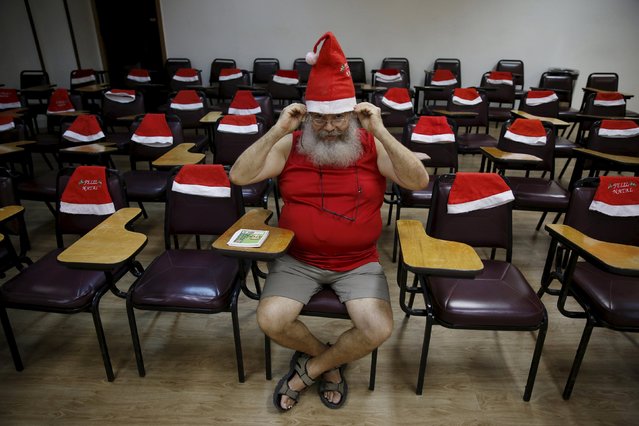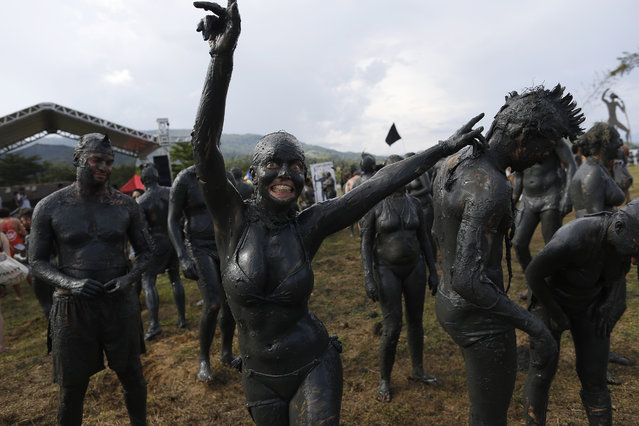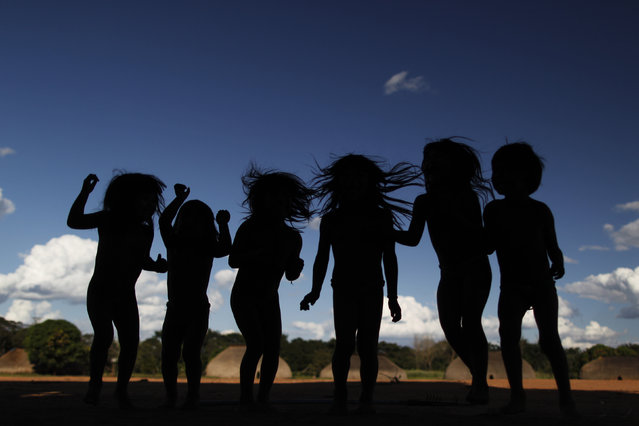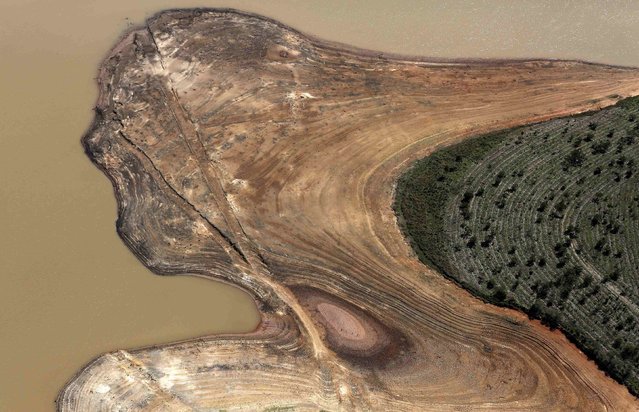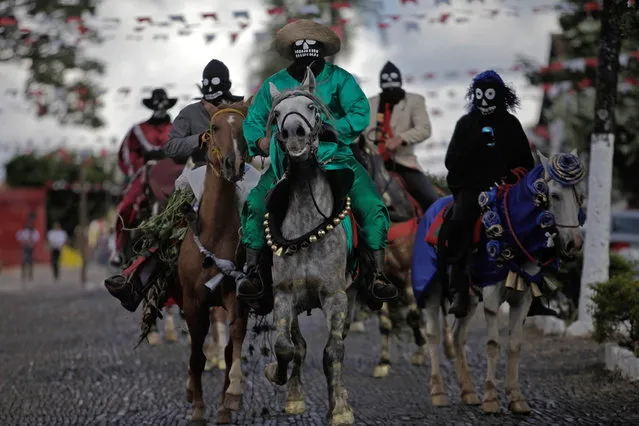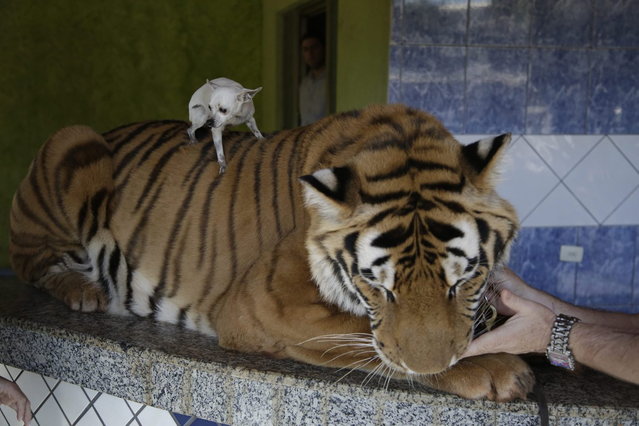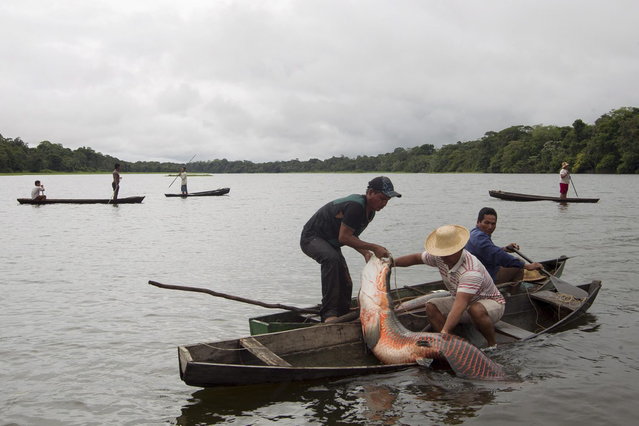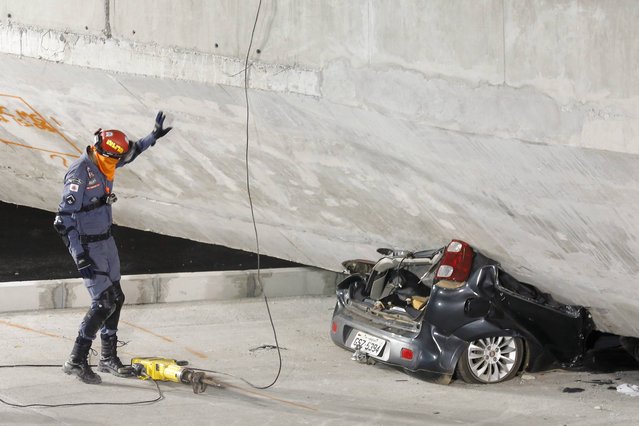
A policeman looks at a car crushed underneath a collapsed bridge in Belo Horizonte, Brazil, Thursday, July 3, 2014. The overpass under construction collapsed Thursday in the Brazilian World Cup host city. The incident took place on a main avenue, the expansion of which was part of the World Cup infrastructure plan but, like most urban mobility projects related to the Cup, was not finished on time for the event. (Photo by Victor R. Caivano/AP Photo)
05 Jul 2014 06:46:00,post received
0 comments

